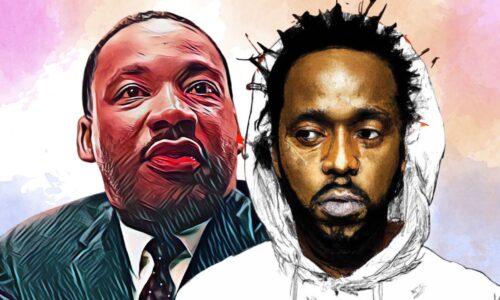“Producers in the 80’s tended to make liberal use of musical samples and were not as concerned about copyright issues. That philosophy has been replaced by greater sophistication on the part of everyone involved – the record labels, the producers and especially those with catalogs that have been heavily sampled, who are now eternally vigilant.” – Nelson George Hip Hop America
[T]his was most evident in the case of James Brown. His music has provided the soundtrack for Hip-Hop since the early days of the genre. When a young Kool Herc wanted to rock the party, he would turn to tracks by James like “Give It Up Or Turnit A Loose.”
“I said, let me put a couple of these records together that got breaks in them. I did it. Boom! bom bom bom. I try to make it sound like a record. Place went berserk. Loved it.,” Kool Herc recalled of spinning James’ record on a particular night in the West Bronx.
Technology like the E-mu Emulator and the Fairlight CMI gained popularity amongst artists like Stevie Wonder, Herbie Hancock, Thomas Dolby, Peter Gabriel and others in the early 1980’s.
With it, the practice of “sampling” records eventually emerged.
 |
According to the “Icons of Hip Hop: An Encyclopedia of the Movement, Music, and Culture, Volume 2,” James Brown samples make up exactly half of the samples used for their classic 1989 album It Takes A Nation of Millions To Hold Us Back |
 |
James Brown addressed controversy surrounding his music, as well as his stance against violent lyrics and imagery in Hip-Hop, on his 1988 song with Full Force titled “I’m Real.” |
Just as James Brown’s music influenced Kool Herc in the park jams, countless producers began sampling his work in the mid-1980s.
James’ grooves provided the backbone of sounds for Golden era legends like Eric B. & Rakim, Public Enemy, Kool G. Rap, Big Daddy Kane and countless others.
Over 150 records have utilized the drums in Brown’s “Funky Drummer” alone and it is estimated that in the second half of the 1980s, almost 3,000 records used a sample from one of his works, all thanks to Hip-Hop music.
A new traveling exhibit at South Carolina State University recently launched, to explore the deep socio-political relationship between James Brown and Hip-Hop music.
The “Let The Brothers Rap: James Brown’s Influence on Hip Hop Traveling Exhibit” recently opened at the University’s IP Stanback Museum & Planetarium. It’s part of a larger exhibition titled “The Influence of James Brown: His Imprint on Music, Dance, Style and Politics.”
Fans of the Godfather of Soul can look at dozens and dozens of his costumes. Shoes and suits, hair products, furniture, early cuts of his vinyl recordings, and personal notes are on display. All are souvenirs he collected from his travels while globe-trotting.
The Hip-Hop portion of the exhibition is curated by Iman Muhammad Ali, who is also the author of a new book “The Political Swagger of James Brown: From Civil Rights To Hip Hop.”
Both the exhibit and Iman Ali’s book connects James Brown’s music to the politically charged race riots of the 1960’s. Both explore how his music was used to shape the protest music of the 1990’s, from groups like Public Enemy, N.W.A and a number of others.
 |
“While it’s well documented that there is no other entertainer dead or alive who ‘musically’ had a greater influence on Hip-Hop than James Brown, his social and political voice also gave birth to one of the most significant, powerful, and global cultural phenomena today: Hip-Hop,” Iman Muhammad Ali told CollegeHipHop.com in a statement.
The exhibition is being featured at The IP Stanback Museum, which is located on the campus of South Carolina State University, which is a historically black college. In addition to being an advisory board member for The Stanback, Ali has worked with T.I.’s King Foundation, The Tupac Amaru Shakur Foundation, Kanye’s Kanye West Foundation and Snoop’s Snoop Youth Football League.
According to Ali, the exhibition is the first step in laying the foundation to complete one of James Brown’s wishes. The Godfather of Soul wanted to see his Beech Island, South Carolina estate turned into a touring destination, similar to Elvis’ Graceland, in Memphis Tennessee.
“Being prophetic and a visionary Mr. Brown knew he would have a museum in his honor one day. So he kept everything. His vision was/is to have his estate on Beech Island, SC turned into full museum, similar to Graceland. The IP Stanback is laying a base in fulfillment of that vision. I’m very honored to be a part of that,” said Muhammad Ali.




